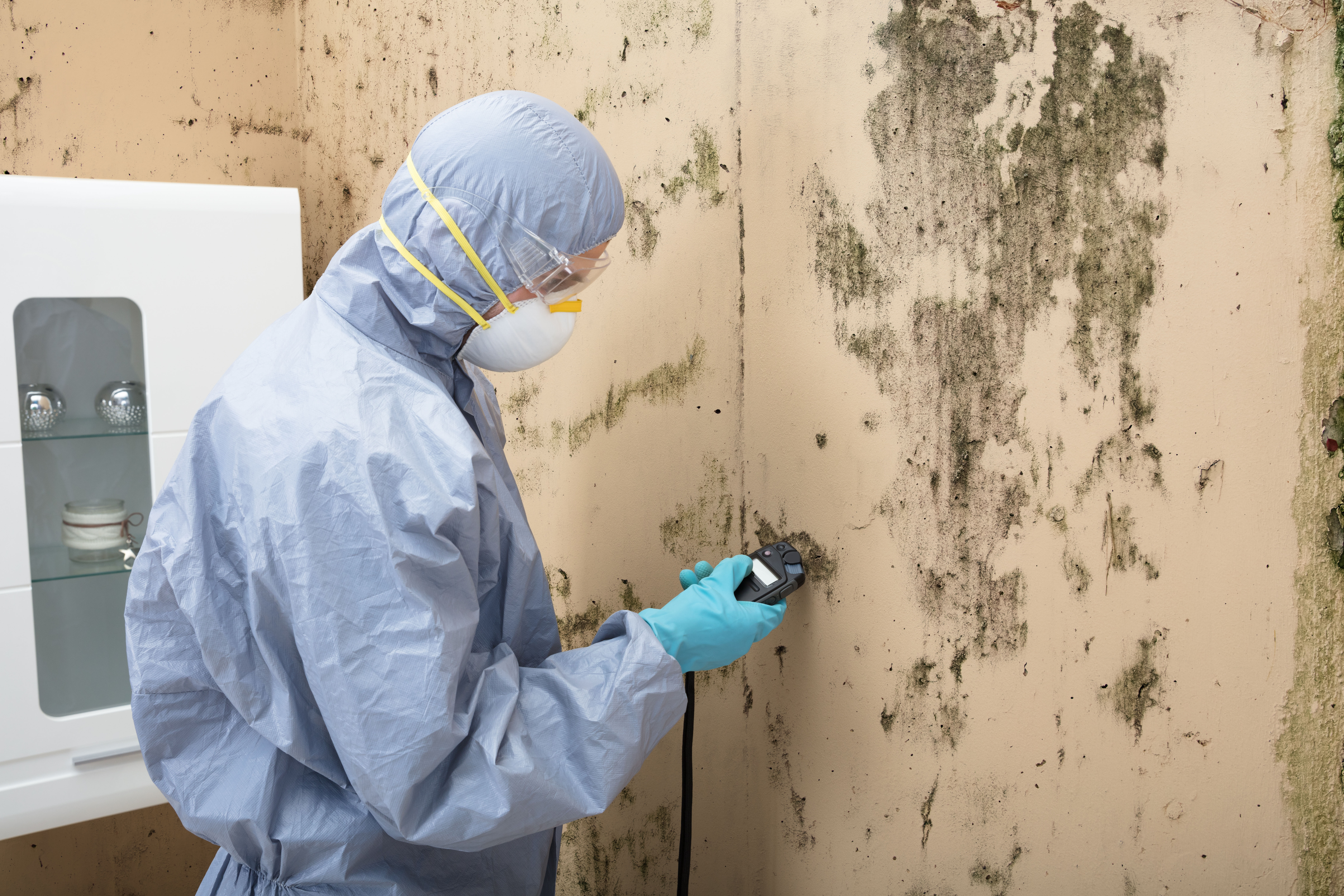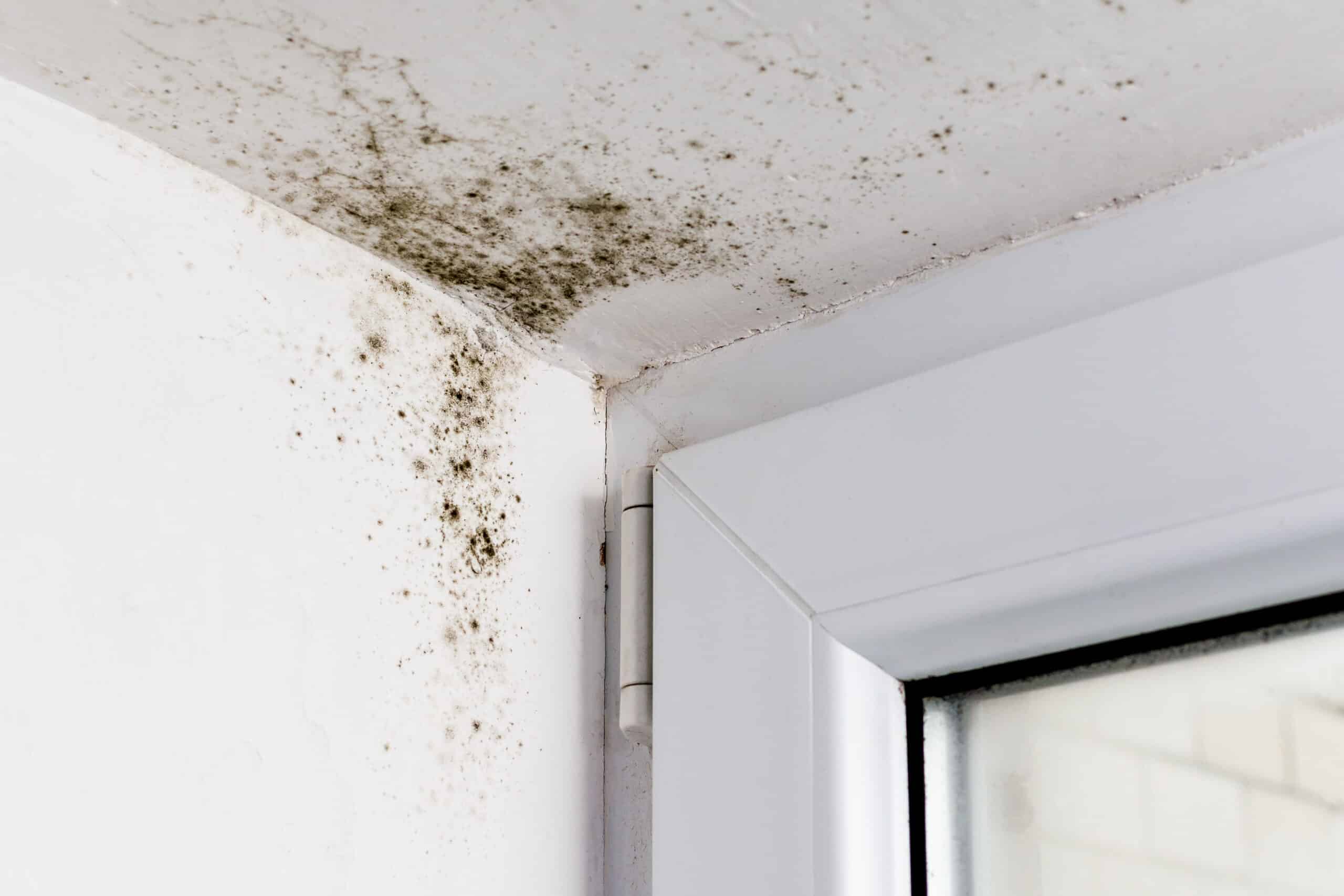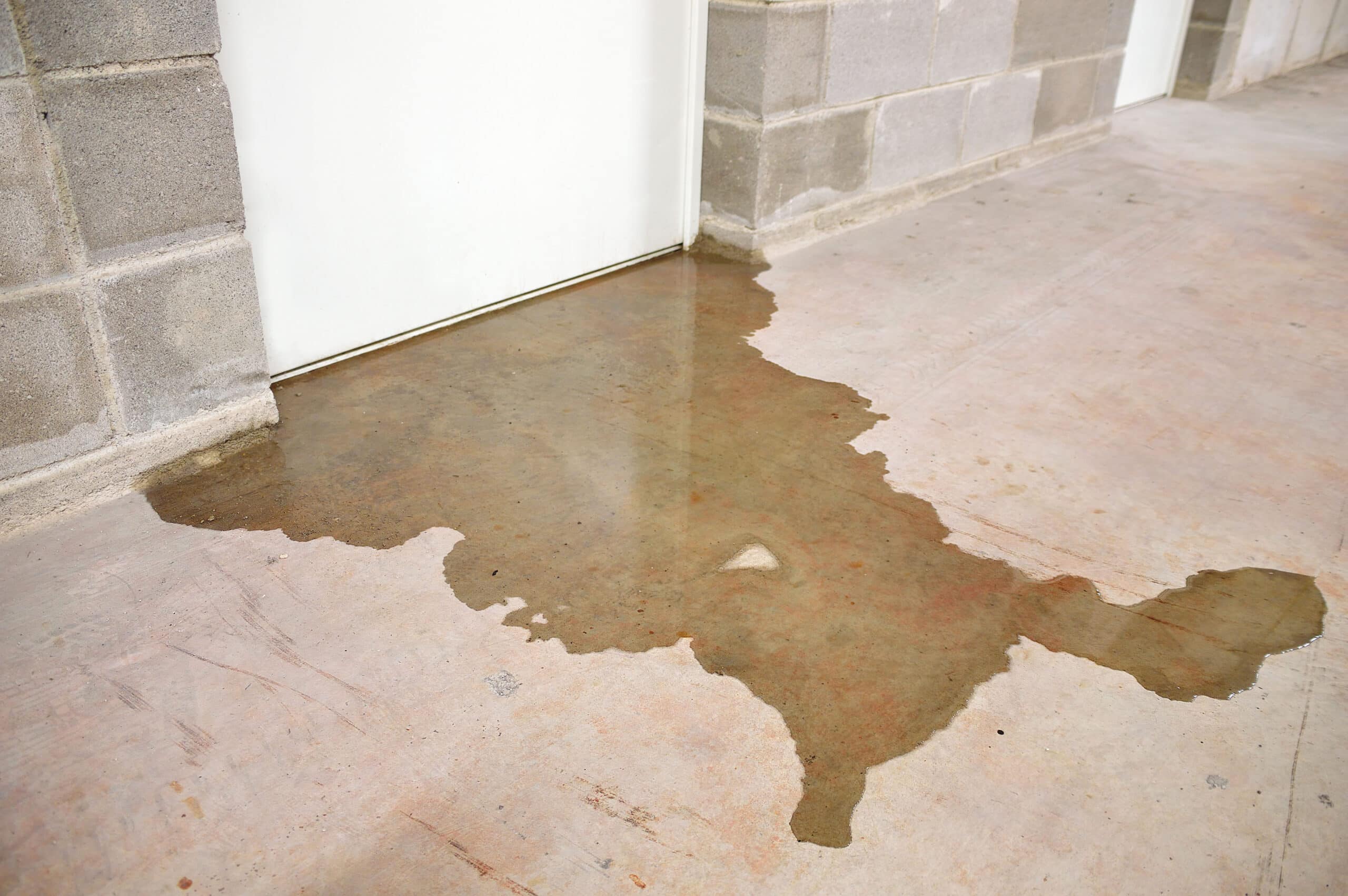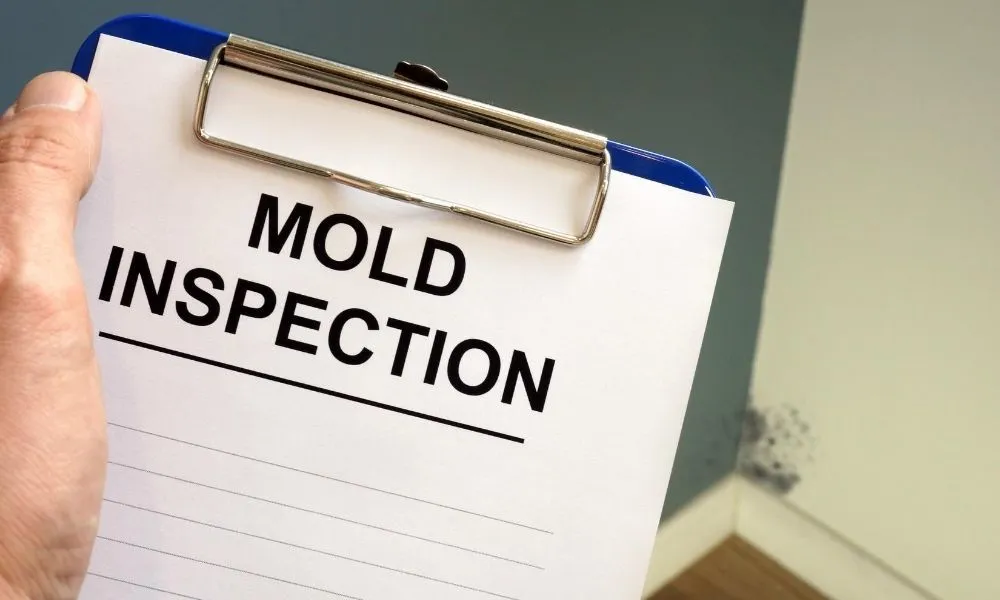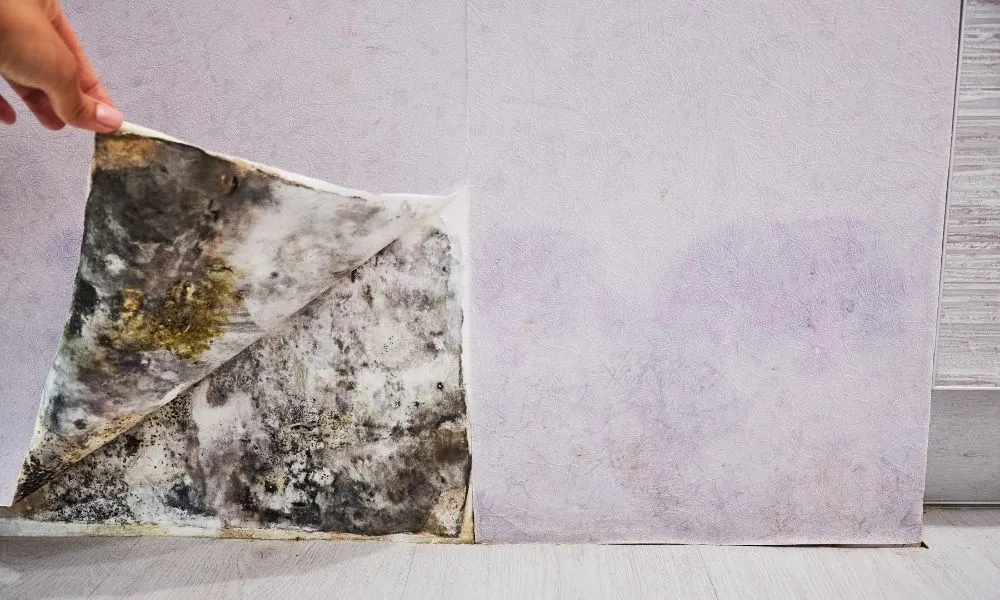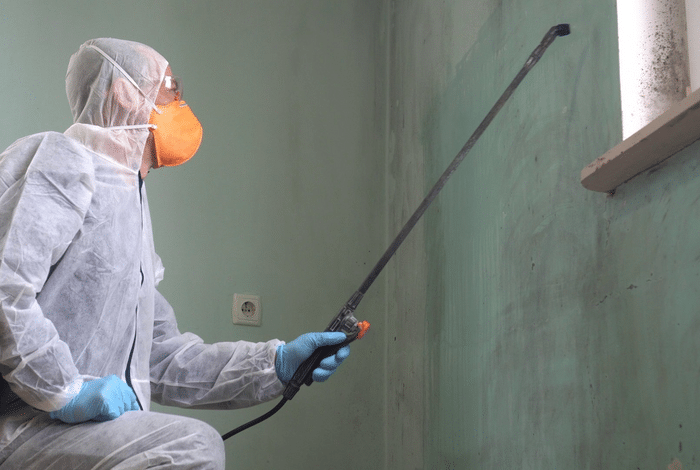
What Happens During the Mold Remediation Process
Between the health concerns and the potential loss of property value, knowing they have mold infestations in need of remediation can be unnerving for many homeowners. Being unfamiliar with what happens during the mold remediation process itself can be an additional cause of unease. One of the simplest ways to disarm anxiety is through understanding, so we’ve decided to lay out a brief overview of the entire process.
Before Remediation
Readying the Area
Mold usually develops due to the introduction of moisture to the space. This might occur because of flooding, faulty plumbing, or a leaky wall or ceiling. Before mold remediation occurs, it’s important that these sources of water are located and sealed up. For example, if a crack in a basement wall is allowing outside water to leak in, the area should be dried and the crack sealed before remediation occurs. That way, new water won’t leak in during remediation.
It’s also a good idea to make it as easy as possible for workers to get in and out of the house. Make sure the driveway is cleared to allow workers to drive their truck as close to the building as possible. If there are any pets or small children, try to keep them away from the area.
During Remediation
Sealing the Area and Removing Damaged Materials
Before anything else happens during the mold remediation process , experts must confirm the area and degree of the mold infestation. When they’ve established this, they’ll seal off this area from the rest of the house. They’ll shut the windows and close off other openings such as vents and doors with plastic polyethylene sheeting. They’ll also remove any water-damaged material that cannot be salvaged, such as drywall and insulation, from the area.
Scrubbing the Area
The areas in need of treatment will be tested with a moisture detector to ensure they’re dry enough for work. Surfaces are scraped down and then treated with a biocide or detergent designed to kill mold. Dead mold is then sucked up with a high-efficiency particulate air (HEPA) vacuum cleaner. Some companies may also do misting to kill off airborne spores.
After Remediation
Drying Out and Inspection
The area will need to dry out for at least 48 hours after the remediation process is complete. Windows are usually opened to allow a breeze, and fans and air dehumidifiers are employed to help the process along. When the area is completely dried out, the company will return to inspect the space for any remaining mold. Once the area passes this inspection, you’ll be able to work or dwell in the area again.
Mold infestations can be intimidating, but that doesn’t mean the removal process has to be. Our professional mold remediation services will handle the entire process so that you can set your worries aside.

